The Ins And Outs Of Engine Timing, And What Happens When It Goes Wrong
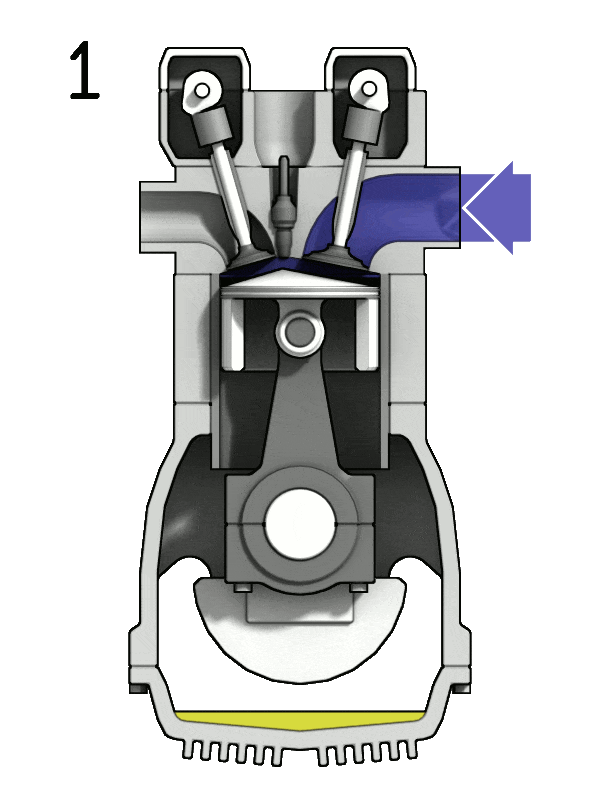
It is estimated that there are around 10,000 moving parts within an average internal combustion-powered car. Put like that, it is a truly mesmerising feat of engineering to get all of those components talking to each other and meshing together to form the machines that we know and love. And in terms of the heart of the beast – the engine – timing is an all-important factor.
With the precise movement of camshafts, valves, pistons and crankshafts being integral to the internal combustion process, there really is no room for error considering the rate and violence at which these components interact with each other.
To understand the importance of engine timing, let’s understand what is happening within the cylinders of a normal four-stroke engine. Firstly, the piston within the cylinder is forced downwards and an air/fuel mixture enters through the opening of an inlet valve. Once the piston reaches BDC (bottom dead centre) it then starts its journey back to the top of the cylinder (top dead centre) with the inlet valve closing, thus compressing the air/fuel mixture.
A spark is then used to ignite the mixture from the spark plug, with this combustion forcing the piston back down to BDC. Finally, the exhaust valve opens, allowing the gases produced by combustion to exit the cylinder for the cycle to start again.
In a four-stroke cycle, the crankshaft must turn a full two rotations (or 720 degrees) to complete an engine cycle, rotating a full 360 degrees each time the piston goes from TDC to BDC and back. And in a car capable of a redline around 7500rpm, the engine is completing this reciprocation around 125 times a second.
To hold this extremely precise series of events together, a timing belt or chain is used, connecting vital components of the engine together to keep everything in sync. A timing belt is a thick, toothed belt that runs around the camshaft sprockets, the water pump pulley and the crankshaft sprocket, therefore rotating in time with the crankshaft at the bottom of the engine block.
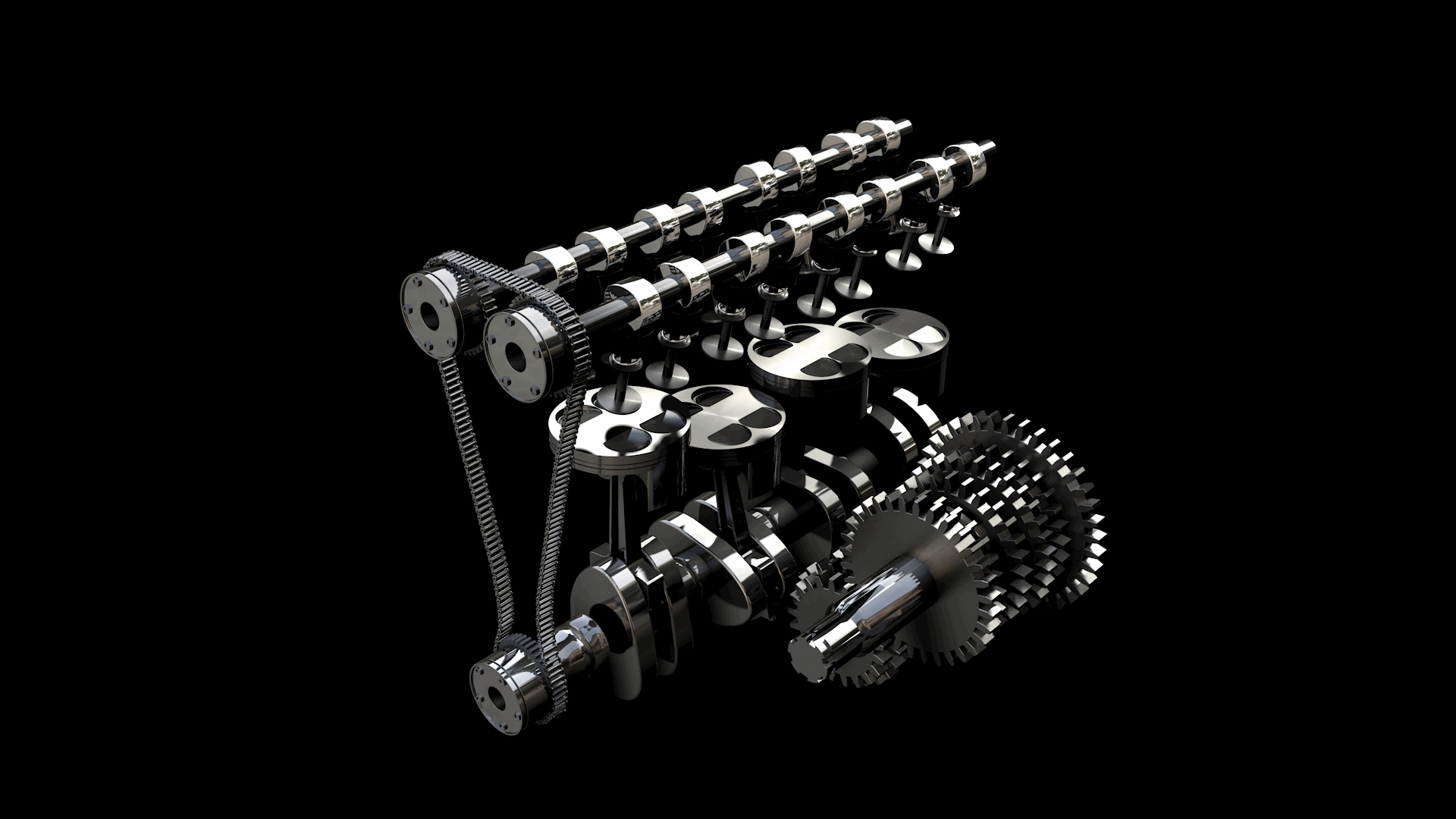
This means that the water pump increases and decreases the rate of flow of coolant in-tandem with any changes in engine speed, allowing more coolant to circulate around the engine block when the engine is being worked hard. The final component of this timing system is the timing belt tensioner, which acts as a spring-loaded prod into the side of the timing belt, keeping it at a set tightness to stop the belt from slipping or jumping over the teeth of the sprockets that it’s meshing with.
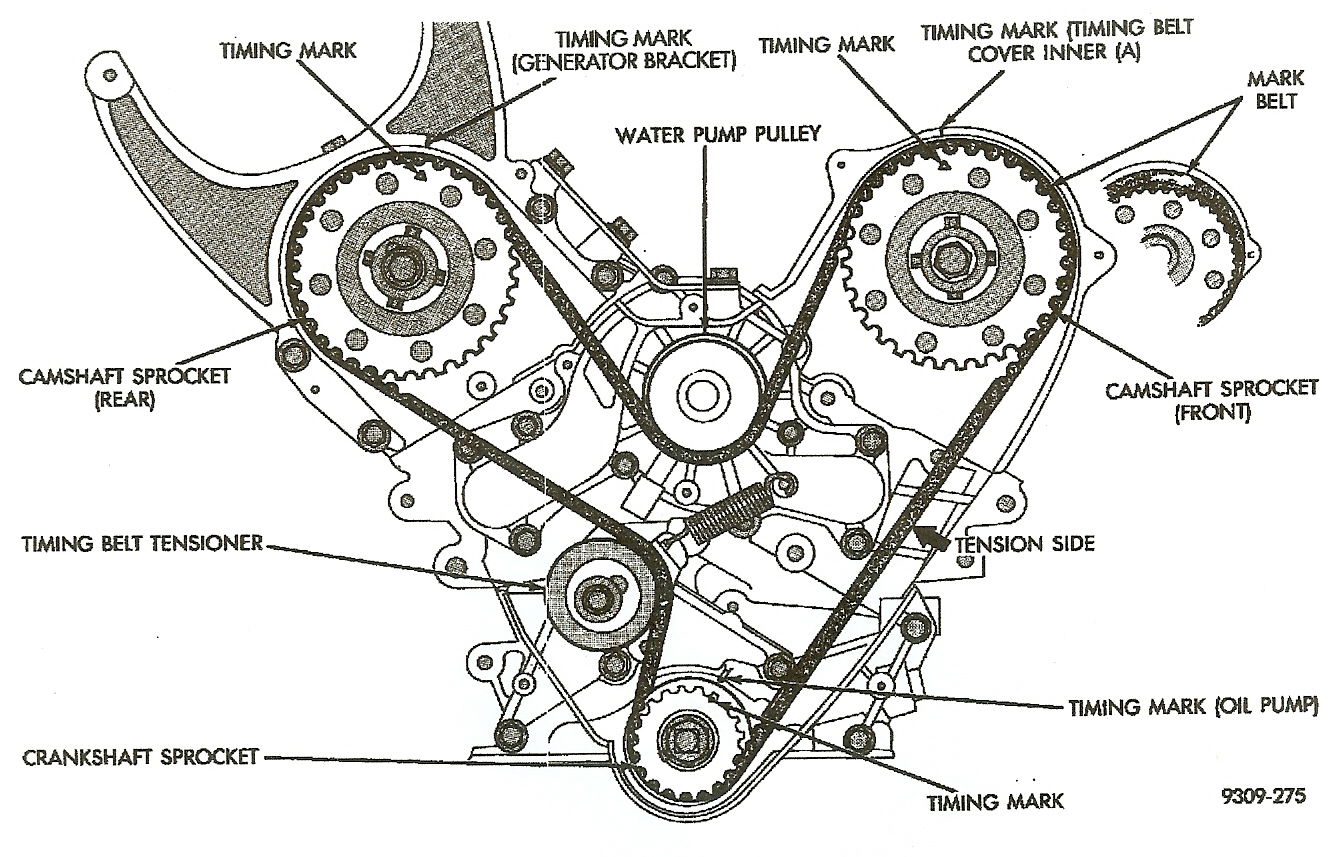
This timing system is synchronised with ignition by alignment markers or timing marks on the valve cover, cam and crank sprockets. Using small dashes, numbers or lobes situated on the sprockets, the timing system can be aligned so that – once the engine is fired up – the rotation of the timing belt will synchronise the camshafts opening their respective valves to the crankshafts reciprocation of the pistons, along with the timing of the ignition. The manufacturer places these timing marks to set a crankshaft angle (within its 360 degree scope) for ignition to occur.
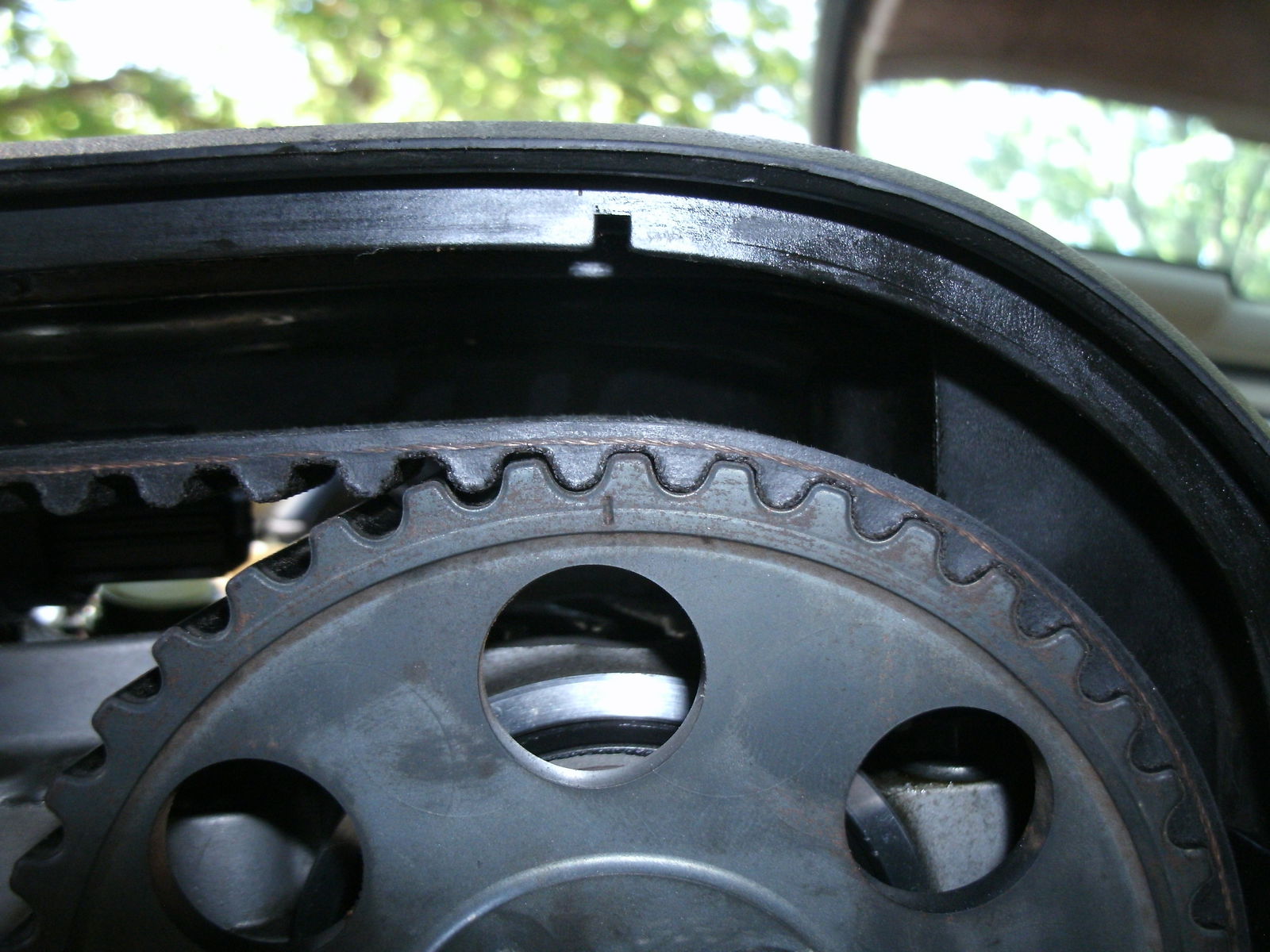
As an alternative to a belt, timing chains are seen to be a much more durable method of keeping an engine in time, as belts can last as little as 40,000 miles before they begin to wear and need replacing. And keeping an eye on your car’s mileage in relation to the timing belt is certainly not something that should ever be neglected. Over time, the belt can become slack (or over-tighten), teeth can be worn down or ping off during operation, all to potentially catastrophic effect.
Let’s say your timing belt jumps or even snaps; the camshafts will inevitably leave whichever valve was open at the time in its actuated position within the cylinder. This is particularly troublesome in an interference engine, where the pistons share their TDC with the same area that the valve extend to. The continued reciprocation of the pistons will then send a piston head crashing up into the opened valve, crushing it and therefore producing a potentially fatal bill once you’re towed to the local garage.
To stop this ever happening, I would advise getting the timing belt changed immediately on any high-mileage car that you buy, unless there is blatant evidence that it has already been changed recently. The last thing you want to do is get a couple of thousand miles into ownership before the belt fails and you’re left with a severely broken engine and a horrendous labour bill. In the case of timing gear, it really is better safe than sorry.
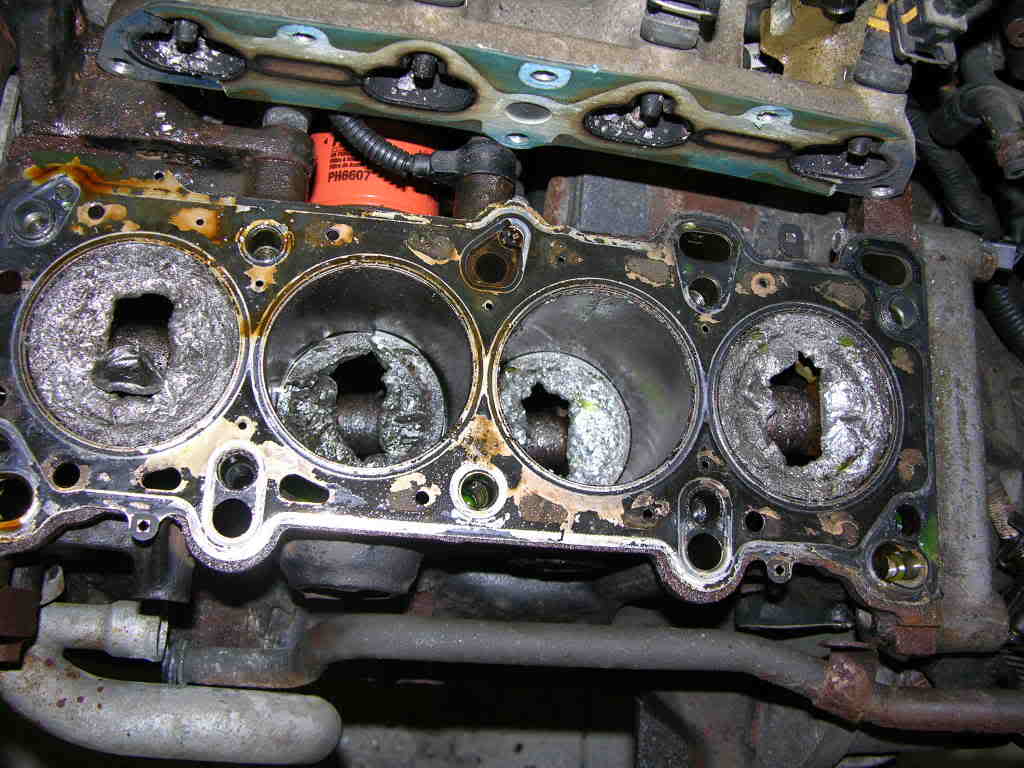
Timing chains on the other hand should never need to be replaced and are an integral part of the engine block, needing an oil supply to stay lubricated. Although a belt is cheaper to produce for the car manufacturers, changing them can be expensive depending on their placement. For example, the timing belt on an Alfa Romeo Twinspark engine is situated right in the guts of the engine bay rather than out the front like in most engine setups, leading to a £400 labour bill due to the complexity of getting to it.
But a chained timing system still isn’t bulletproof, as Engineering Explained showed with his recent S2000 purchase. Over time, the tensioner can loosen the force being applied to the chain, making the chain rattle as it has a new-found unwanted freedom to flail slightly around the sprockets.

Once the timing belt has done its job, valve timing and ignition timing then come into play. These areas of engine timing could easily have their own full explanation each, but for now, I’ll quickly summarise how they can influence the timing of an engine.
Valve timing in its simplest form is controlled by the lobe profiles on the camshafts, with the aim to open the valves within the engine for the exact amount of time to get as much air/fuel mixture in and then exhaust gases out for each engine cycle, maximising the engine’s efficiency. The lobes control the lift (the amount the valve opens by) and the duration (the time it stays open for), with engine technology in the 90s making the jump to variable valve timing to make the camshaft as versatile as possible.
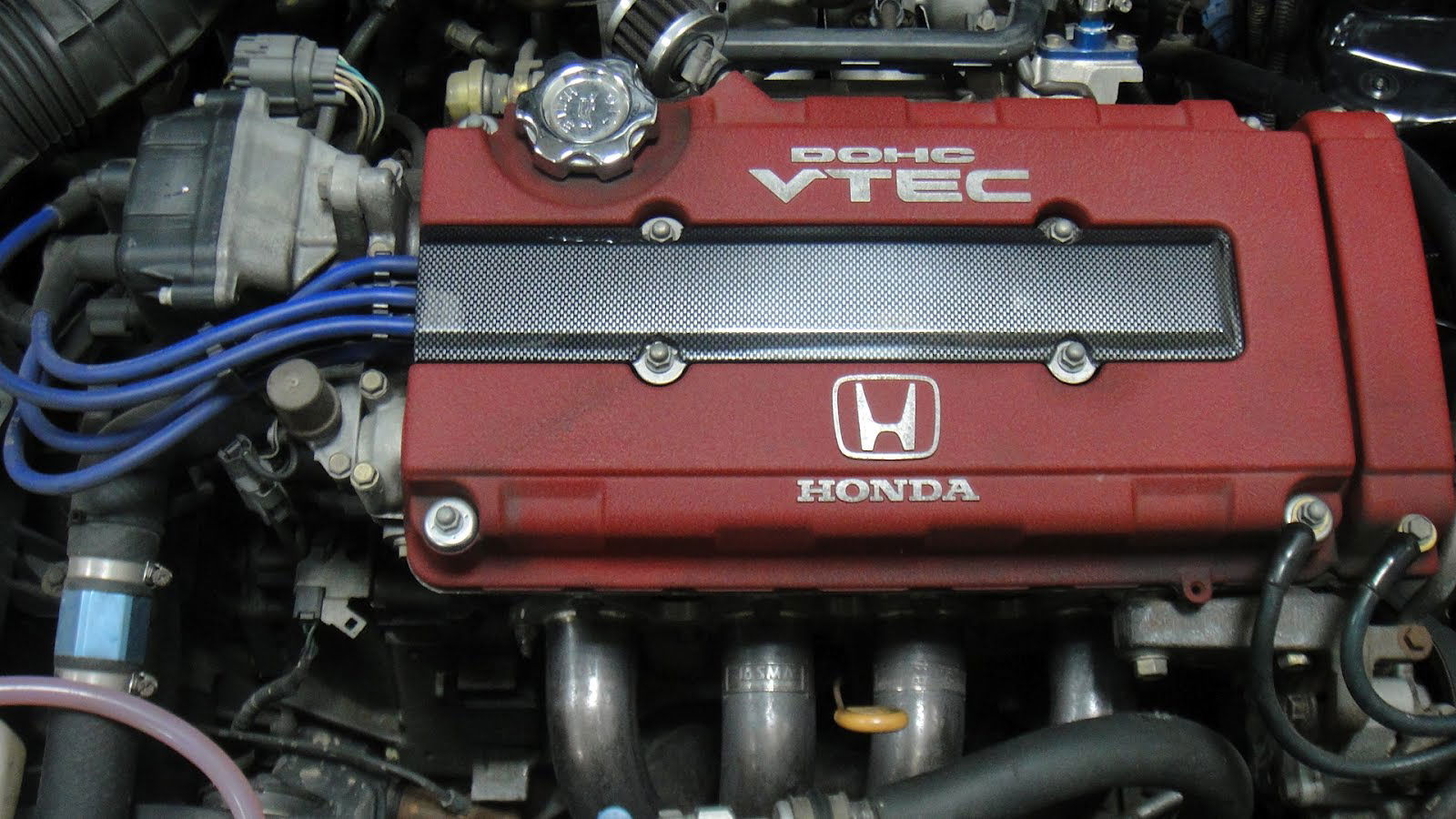
Ignition timing on the other hand focuses on when the spark to ignite the air/fuel mixture occurs within the engine cycle, with the ability to advance or retard (delay) the timing of the spark depending on the application. In general, the ignition timing is advanced when in need of changing, as this means that the spark within the cylinder is pre-energised before the piston reaches TDC, giving slightly more time for the air/fuel mixture to be ignited, maximising combustion.
Ignition retardation means that the spark occurs slightly after TDC, which generally means that the high pressure created within the cylinder from combustion is wasted, with the piston already heading downwards towards BDC. Ignition timing can be checked using a timing light, something that you’ll see Ed China of Wheeler Dealers using on multiple occasions to maximise the efficiency of his latest project’s engine.
Although the chances of engine timing ever going wrong are slim, it is always worth making sure that the belt or chain on your car is in good shape. Although it may seem like a simple check, it could potentially save your high mileage daily from the scrapheap. Once your basic timing is in check, the door is then open to consider altering valve and ignition timing, fine-tuning your engine to maximise efficiency and power. As they say, timing is everything!
Comments
Nice 5VZ-FE btw… (when you work too much on LexToy engines).
The B serie engines from the volvo 240’s were non interference, so you could drive on untill the timing belt snapped and then replace it. because the valves cannot touch the pistons
And here you see what happens to the rotary guys
http://1.bp.blogspot.com/-0P7v6j83kZk/T7H4n4ozCjI/AAAAAAAACQg/qzEwJGy1U8Q/s1600/Rotor.jpg
Whenever my car dosent have bought power I just have to think “several thousands of pieces of metal are mob g at unbelievable speed all at once and I am unimpressed with it?”
80’s Mitsubishi NOT an Evo.
Time wasnt on my friends side.
Unless it’s a Volvo b230, then it just runs a little rich lol
A timing belt is like a condom, once it breaks you can kiss your wages goodbye
Do you see how the coolant passages are clogged in the picture of the engine with ‘failed timing’? That’s from head gasket sealant additive. Due to the pistons being cracked dead center, I’m going to say the car over heated due to cooling blockage and leakage, the piston rings got too hot and expanded to the point where the gap between the ends touched, without room to expand, they apply pressure on the piston, therefore causing a crack directly in the middle of where the pressure is being applied from all angles. Generally, when timing fails, the valves bend. If that’s related to a belt it was probably an accessory belt that contributed to over heating.
You also have non-interference engines where the valve does not hit the piston and the timing belt does not drive the waterpump like my Suzuki G13B engine
Pagination